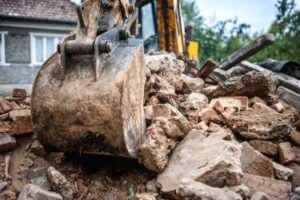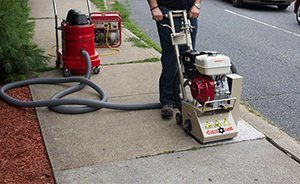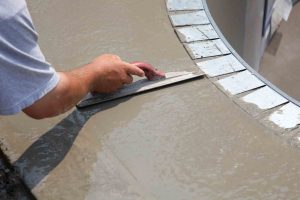Concrete is one of the world’s oldest man-made building materials. In fact, records show that human communities have been using this material in one form or another for more than 8,000 years. Essentially all modern concrete contains a mixture of liquid cement and a coarse filler material called aggregate. While this basic formula hasn’t changed for a long time, the 21st century has brought about the development of some interesting changes in the details of how concrete is made and used. Let’s examine some of the highlights of those changes.
Changing Strength Properties
For a number of complex reasons, the strength of new concrete can differ significantly from the strength of concrete that has set for a period of time. Experts in the field refer to the relative strength of new concrete as its early strength. They refer to the relative strength of older concrete as later age strength. In the 21st century, concrete manufacturers have started changing many of their product formulas in ways that increase early strength and lessen later age strength. The primary reason for this shift is practical: On a construction site, you can remove the forms from new concrete much faster if it has high early strength. This means that the construction process can proceed at a quicker speed than in the past.
Blended Concrete
For a long time, the type of cement used for the vast majority of all concrete has been a well-known product called Portland cement, made from clay and limestone. However, today, some manufacturers add other materials to the standard Portland mix and create something called blended cement. Specific materials used in blended products include volcanic ash, fly ash and ground and granulated slag from blast furnaces. Concrete made from blended cement can have a number of desirable properties, including increased durability and reduced heat generation during the natural curing process.
Use of Pre-Moistened Aggregate Material
The aggregate materials normally used to make concrete include substances such as gravel, sand, crushed rock and (in recent decades) the slag left over from the metal refining process. These materials are typically added in dry form. However, in the 21st century, an increasing number of concrete manufacturers are adding pre-moistened aggregates to their usual aggregate mixtures. These wet, relatively lightweight materials help improve the efficiency of the curing process that occurs when concrete dries. In turn, this improvement in curing efficiency leads to concrete that cracks, shrinks or otherwise loses its intended shape less often than traditionally made products.
Environmentally Sound Manufacturing Processes
Over the years, building regulations and a number of other factors have placed significant environmental limitations on the creation and use of concrete. Manufacturers have responded to these pressures by changing the ways in which concrete is made. In addition, builders have changed some of their typical patterns of concrete application. For example, many manufacturers now practice an important form of recycling by taking old concrete rubble and using it as the aggregate for the creation of new concrete. In addition, many sidewalk construction companies no longer use Portland cement for their concrete mixes. This is important because the production of this particular form of cement requires the generation of significant amounts of greenhouse gases. The switch to cement formulas that don’t lead to the same level of carbon emissions helps keep their air breathable, especially in major manufacturing centers.



